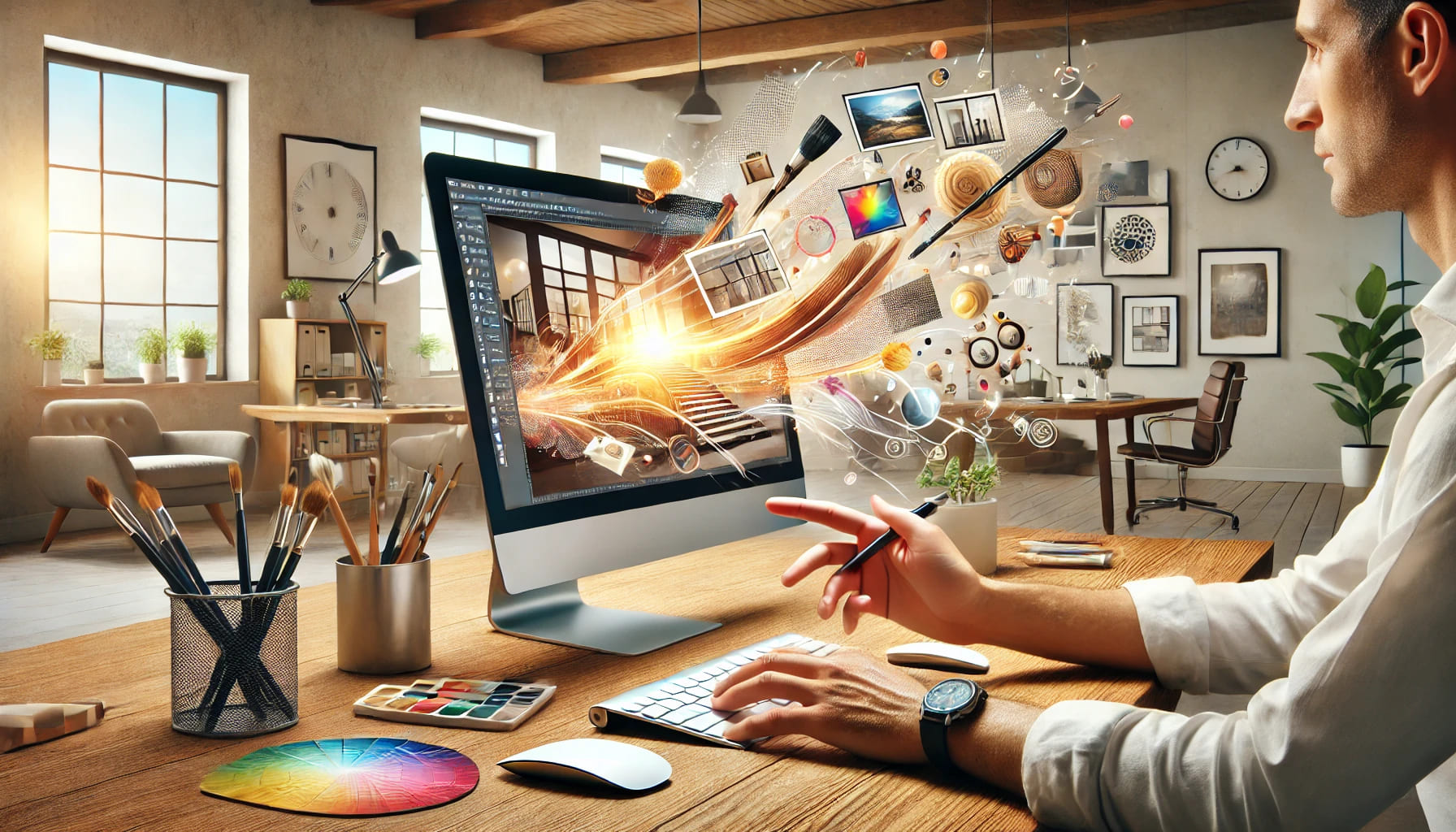
Is AI not creating the images you imagine? Learn how to improve image creation with AI through prompting – Masterclass part 5
Improve image creation with AI using effective prompts to achieve precise results in your creative projects.
Creating images with artificial intelligence has opened up a world of possibilities for designers, artists, and professionals across various fields. However, it’s common for the generated images not to fully reflect what you had in mind. This is not always due to AI limitations, but rather how you communicate your ideas. In this fifth installment of our masterclass, we’ll teach you how to improve image creation with AI by using effective prompts, achieving greater precision and quality in the results.
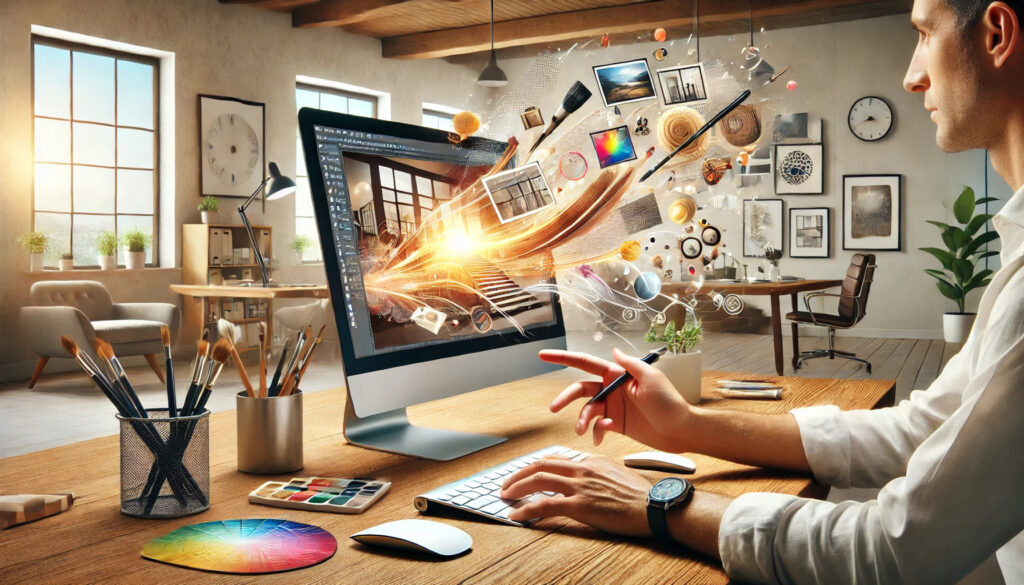
Table of contents
The key to improving image creation with AI is in the prompt
In our previous prompting masterclass, we explored how to create professional prompts for working with spreadsheets. And as you know, AI, while powerful, can’t read your mind. Everything it knows comes from the prompts you provide, meaning clarity and detail in your communication are essential. A well-crafted prompt is the difference between an image that almost meets your expectations and one that truly captures the essence of your vision.
Why are prompts so important?
Prompts act as instructions that guide the AI in creating an image. A vague or generic prompt may result in a broad and sometimes disappointing interpretation, whereas a specific and detailed prompt can guide the AI to produce something much closer to what you have in mind. Understanding how to structure your prompts effectively is crucial to getting the most out of the AI’s creative capabilities.
5 Strategies to improve image quality with AI through prompts
Here are several strategies to help you craft more effective prompts and get images that align with your creative vision.
1. Specificity: how details improve AI-generated images
Being specific in your prompt is key. The more details you provide about the visual elements you want, the better the AI can capture those elements in the final image.
Basic Prompt: “Create an image of a landscape.”
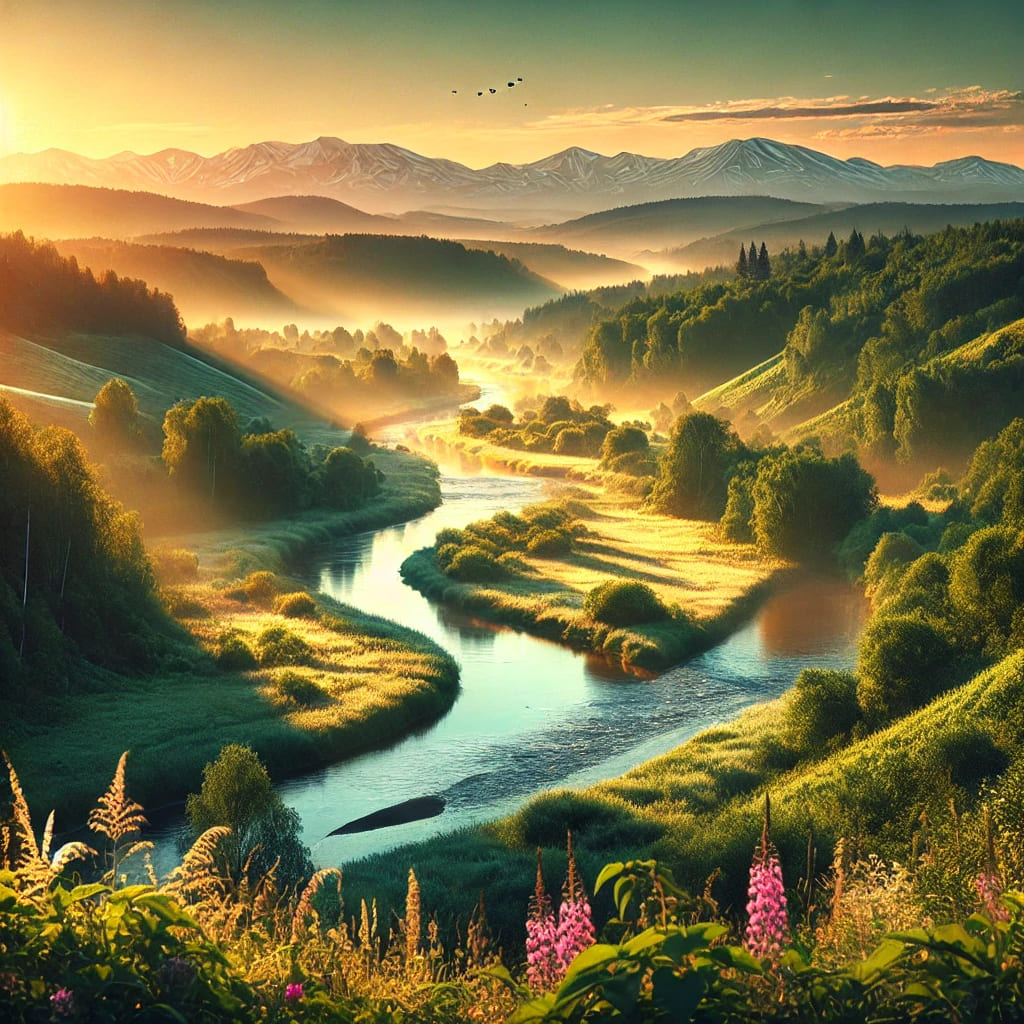
Improved Prompt: “Generate an image of a coastal landscape during sunset, with steep cliffs on the left, a lighthouse on the horizon, and soft waves hitting the shore. The sky should be tinted with warm shades of orange and pink, reflected in the water.”
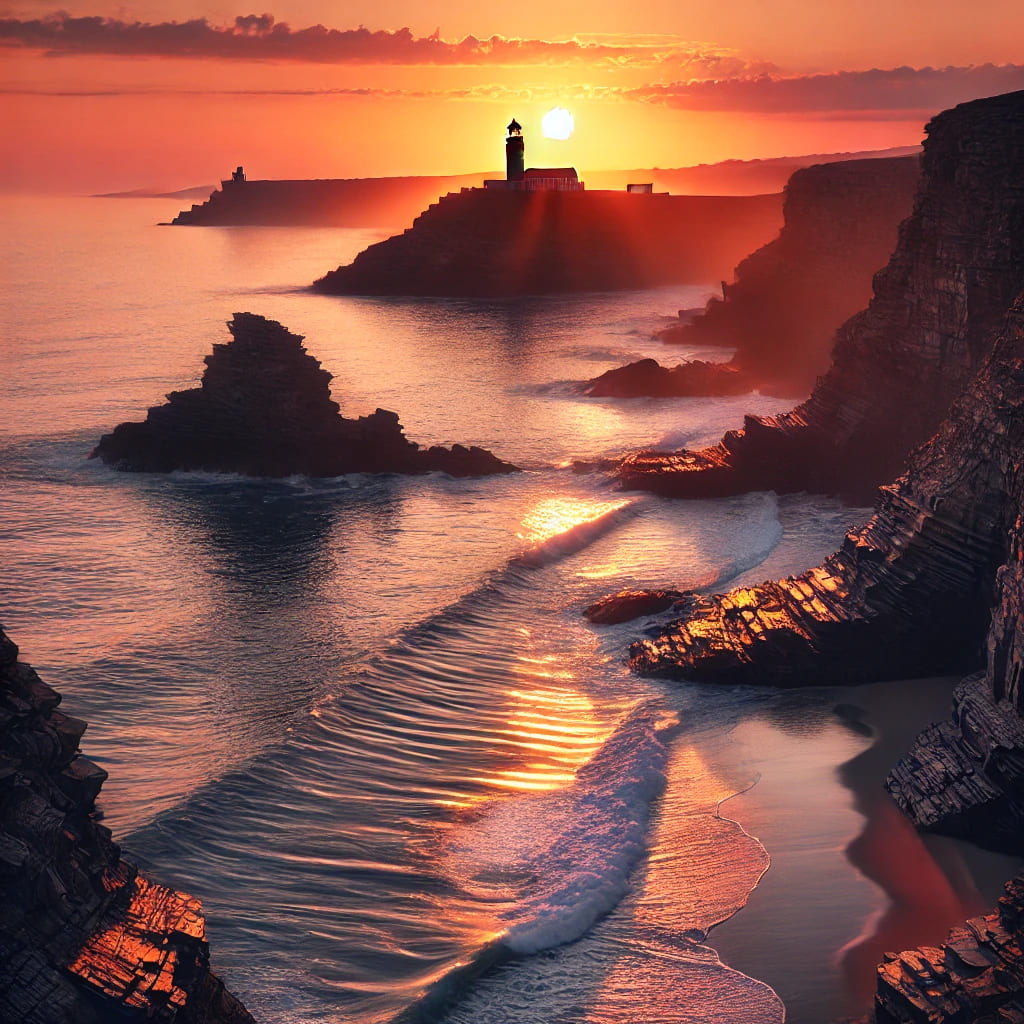
This improved prompt gives clear context, including the time of day, specific elements (cliffs, lighthouse), and the state of the sea, guiding the AI to a much more accurate result.
2. Style references: how to define aesthetics in AI image creation
If you have a particular style in mind (whether it’s an art movement, illustration style, or a specific visual reference), include it in your prompt. This helps the AI generate an image that is not only accurate in terms of content but also coherent with the aesthetic you’re seeking.
Basic Prompt: “Create a portrait of a man.”
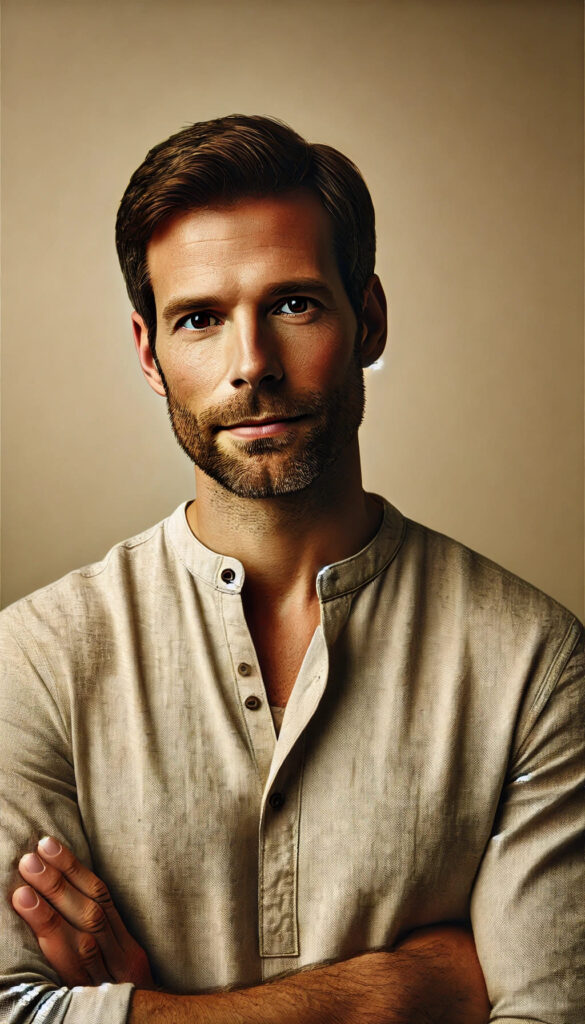
Improved Prompt: “Create a portrait of a man in the style of Baroque art, with dramatic lighting that emphasizes shadows and a solemn expression on his face. Use dark colors and rich textures to highlight depth.”

By including the Baroque style, the prompt guides the AI to a representation that incorporates key features of that style, such as lighting and color palette.
3. Composition and focus: optimize AI-generated images by guiding the scene
Composition is vital in any image. You can tell the AI how to arrange elements within the image, which part of the scene to highlight, and from what perspective you want the image to be viewed.
Basic Prompt: “Create an image of a futuristic city.”
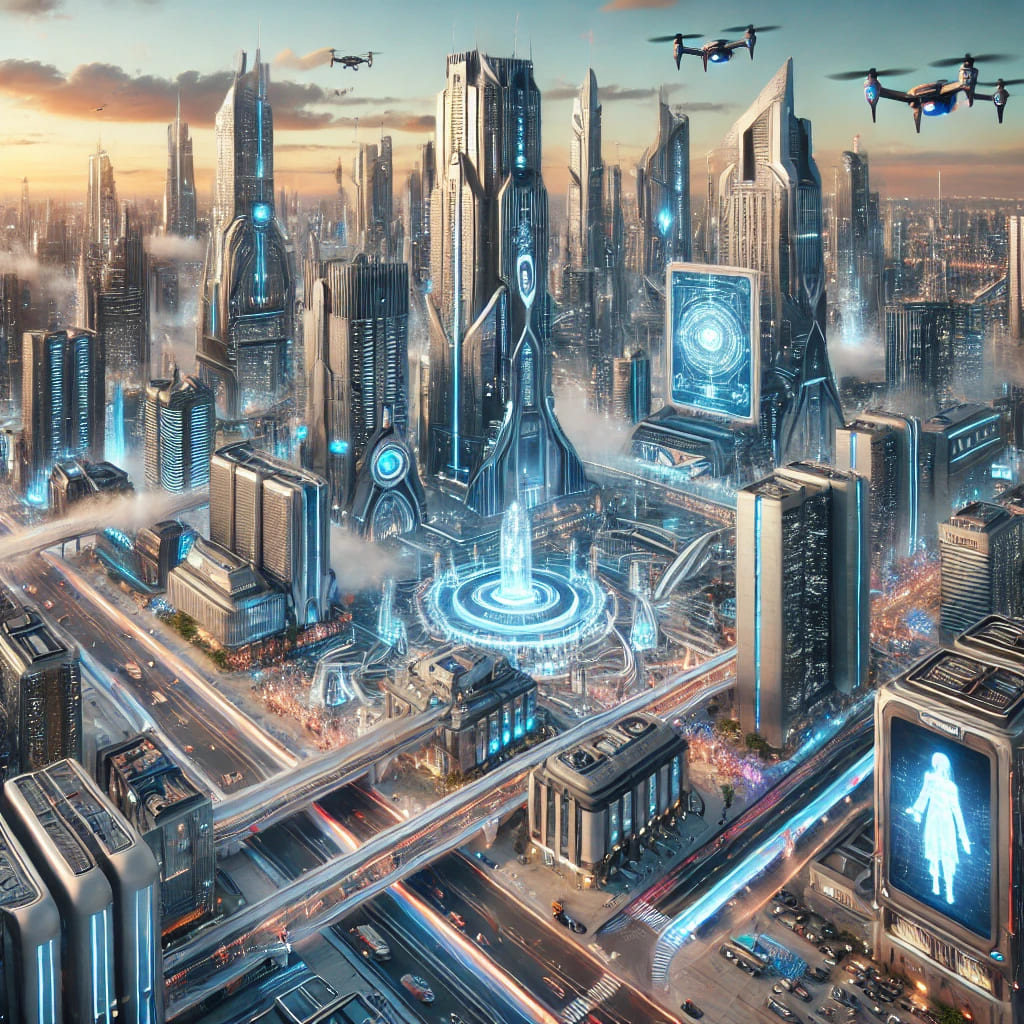
Improved Prompt: “Generate an image of a futuristic city seen from an aerial perspective, with glass skyscrapers illuminated by colorful neon lights. Include flying vehicles and a central plaza dominated by an abstract statue. The focus should be on the dynamic interaction between the architecture and the lights.”
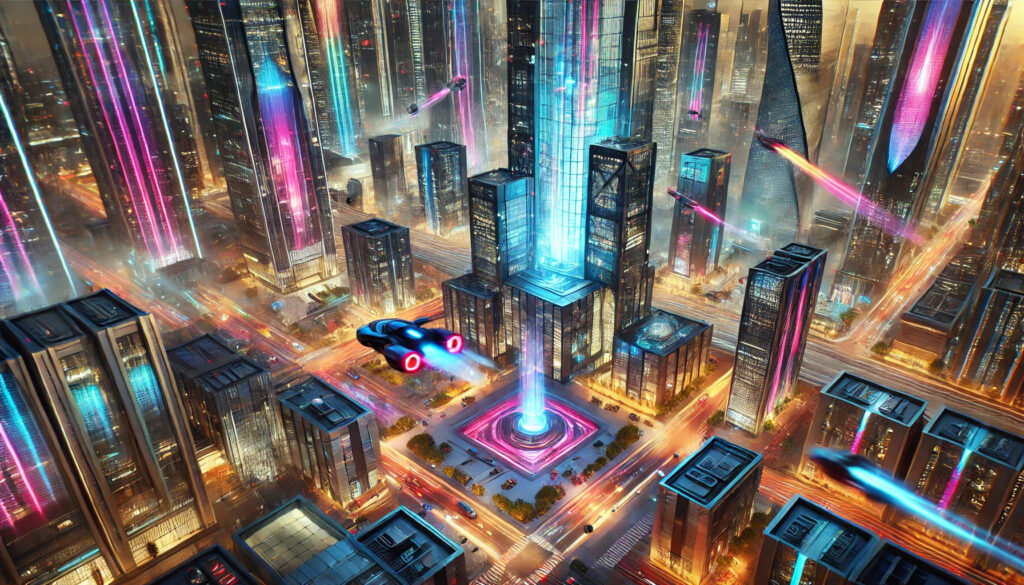
This advanced prompt not only specifies the city’s elements but also how they should be arranged within the image and from which angle the scene should be viewed, resulting in a richer and more detailed composition.
4. Using analogies and comparisons to achieve accurate AI-generated images
Analogies and comparisons can be powerful tools to describe abstract or stylistic concepts. This helps the AI better understand the type of image you want.
Basic Prompt: “Create an image of a dragon.”
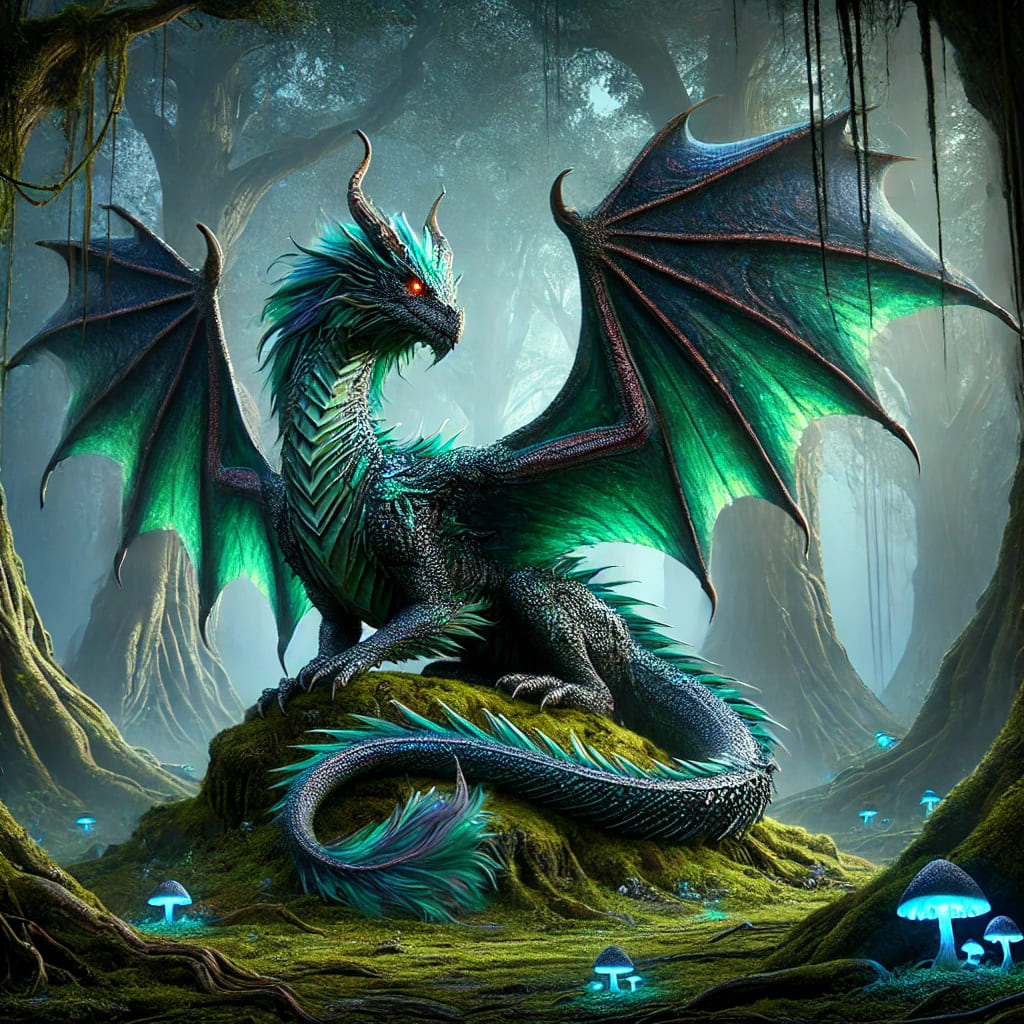
Improved Prompt: “Create an image of a dragon that resembles a lion in its majesty and stature, with golden scales that shine like the sun and wings that appear to be made of liquid fire. The scene should evoke a sense of power and mysticism, like a creature from an ancient legend.”
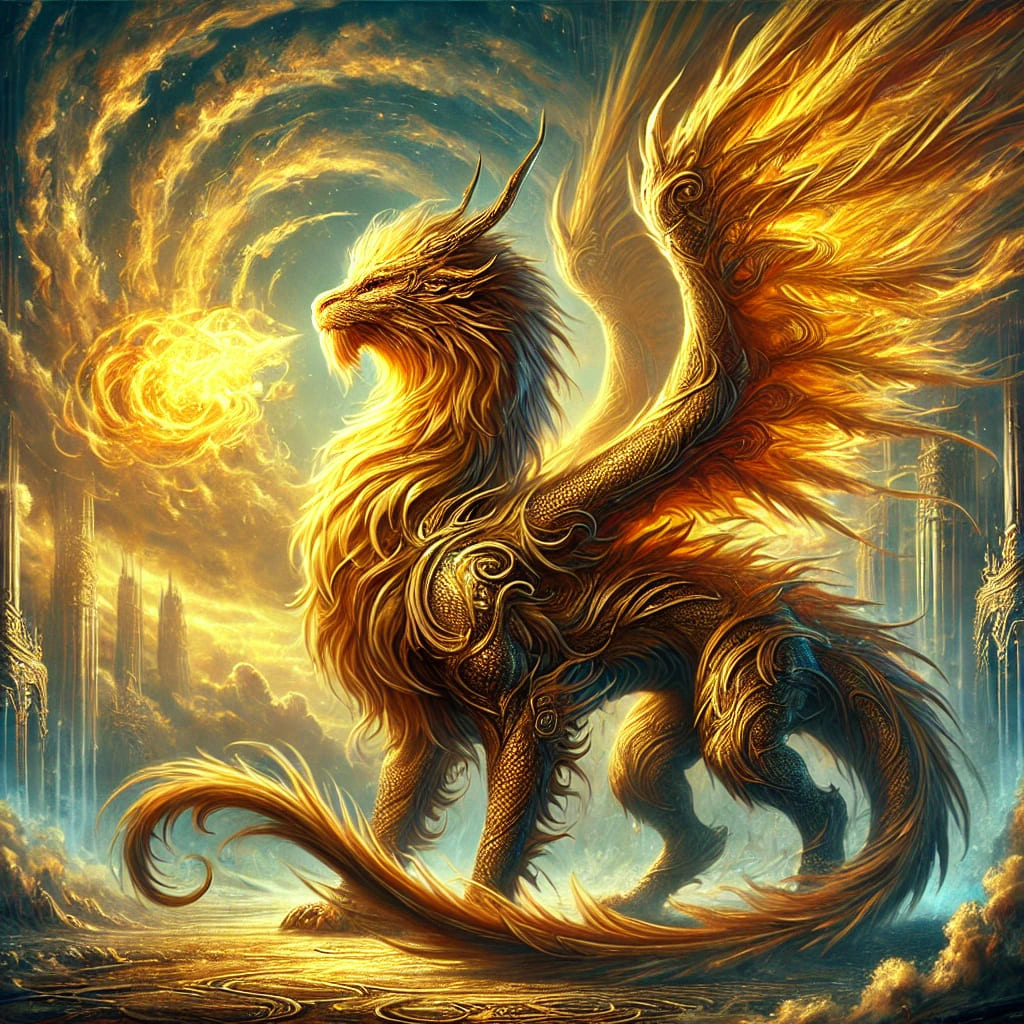
By using comparisons, the prompt conveys a more complex and richly detailed image, helping the AI better capture the essence of what you’re looking for.
5. Iteration and adjustment: perfect your prompts to enhance AI image creation
You won’t always get the perfect image on the first try, and that’s okay. A crucial part of the process is iteration—testing different variations of your prompt and adjusting based on the results. This allows you to continually refine the prompt until the AI generates an image that meets your expectations.
Initial Prompt: “Create an image of a tropical beach.”

Iteration: “Adjust the image to reflect a sunset with warm and golden tones in the sky, adding reflections in the water. Incorporate some scattered rocks along the shore to create more texture and depth in the landscape. Add a small sailboat on the horizon as an additional point of interest, and adjust the vegetation to include more palm trees and low bushes, giving a more natural and diverse environment. Keep the atmosphere relaxing but with a more tropical and exotic feel.”

By making small adjustments based on initial results, you can guide the AI towards a more precise and satisfying outcome.
How to implement AI in your Business to improve image creation
Image creation with AI is a powerful tool that can transform the way your business approaches design and creativity. However, to make the most of it, learning to communicate effectively with the AI is crucial. By using detailed prompts, style references, composition guidance, and an iterative approach, you can significantly improve the quality of the images that AI generates. The precision and clarity with which you communicate your ideas make the difference between an average result and one that truly reflects your creative vision.
With practice and dedication, you will master the art of creating images that align with your goals. This has been the fifth installment of our masterclass series on prompting, and we hope these lessons are helping you enhance your use of AI and maximize its potential in your business.
At Nucleoo, we guide you through every step of the AI implementation process in your business, ensuring that you leverage its full potential. Contact us today to turn innovation into tangible results and optimize image creation and other creative processes through AI.

